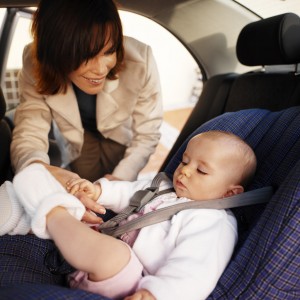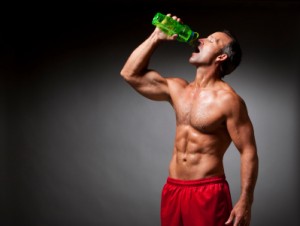 We have known for a long time that car seats save children’s lives. But even with that knowledge, do parents and caregivers use them appropriately?
We have known for a long time that car seats save children’s lives. But even with that knowledge, do parents and caregivers use them appropriately?
A new study by researchers at University of Michigan found that while most people use child restraints properly, many do not. The researchers analyzed data on more than 21,000 children observed in cars at gas stations, fast-food restaurants, recreation centers and child care centers from 2007 to 2009 using guidelines from the American Academy of Pediatrics.
They found 21 percent of children ages 4 and younger were not following the recommendations for sitting in car seats. Thirty-three percent of 4- and 5-year olds and 66 percent of 6- and 7-year-olds were not following the recommendations for using car seats or booster seats. And – the most precarious finding – 11 percent of children were not wearing seat belts or sitting in car seats at all. Children were especially likely to be completely unrestrained if they were driving with an adult who wasn’t wearing a seat belt or if there were four or more children in the car.
While the evidence on kids using car seats is not encouraging, there are some intervention programs proven to increase the use of child safety seats. One systematic review found strong evidence that child safety seat laws increase the use of safety seats. Programs that combine education with distribution of car seats, incentives for installing car seats correctly and stepped up enforcement of laws also increase the use of car seats.
The bottom line: Car seats help save kids lives. It’s important to use them as recommended by the American Academy of Pediatrics.





